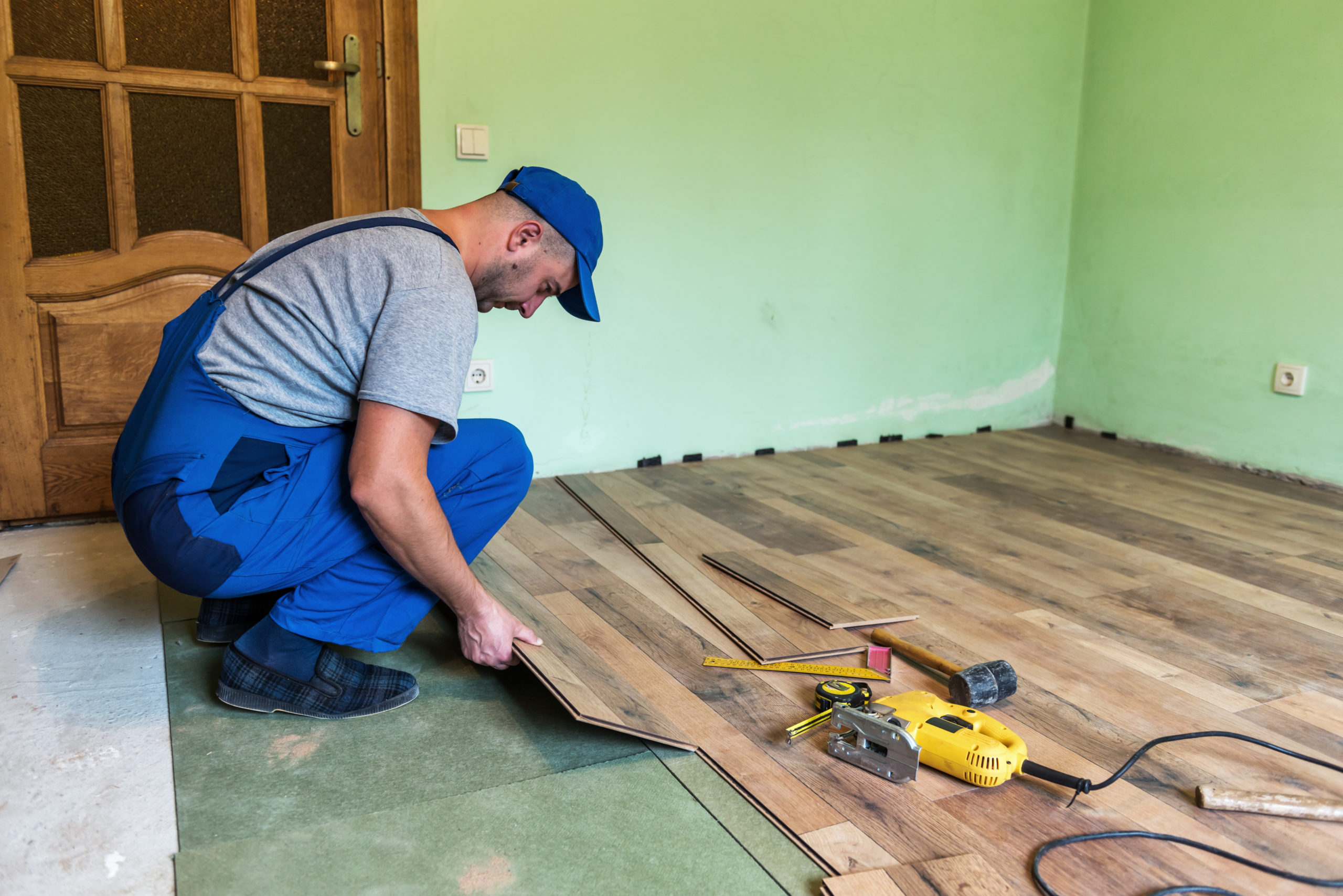
So you've decided on the hardwood as your flooring choice. That's excellent. Since hardwood is expensive, it isn't always easy. Your decision-making process, however, isn't complete. It would help if you now chose a hardwood species as well as a finish. We've listed all of the major types of hardwood flooring available, along with their benefits and drawbacks, as well as estimated costs. When purchasing hardwood flooring for your house, you must make a slew of decisions. These begin with the form of hardwood flooring, solid or engineered. Following that, you must choose your favorite hardwood flooring species and grade.
Solid hardwood flooring and engineered hardwood flooring are the two primary styles of hardwood flooring.
When most people think of hardwood flooring, they usually think of solid hardwood. It is made up of solid pieces of wood from the species of your choice. The wood is used to make the whole hardwood plank. Strong hardwood is famous because of its natural beauty. It adds a wet, genuine beauty to your home, regardless of the species. Solid hardwood flooring is also very long-lasting. Install it correctly and maintain it according to the manufacturer's instructions to ensure it lasts a lifetime. Solid hardwood's disadvantages include its high cost and vulnerability to moisture harm. It should not be used in rooms with a lot of humidity.
Engineered hardwood is made up of several layers of wood that have been pressed together. On top of this main sheet and the bottom is a layer of natural hardwood. Engineered hardwood flooring is less vulnerable to moisture damage due to its multi-ply construction. As humidity levels change, the wood can expand and contract without causing harm. The versatility of engineered hardwood flooring is also a plus. It can be used in both basements and upper-story floors. It can also be installed over a concrete subfloor or a radiant heating device without causing any problems.
The price of this form of hardwood flooring is also a plus. It has to be less expensive than solid hardwood. The disadvantages of engineered hardwood include the inability to sand and refinish it, the fact that it isn't as sturdy and long-lasting, and that it doesn't add as much resell value to your house.
Hardwood flooring is made up of hundreds upon dozens of various wood types. These include species that are cultivated in the United States and more exotic species imported from other countries. Your hardwood floor's overall appearance, including color and grain pattern, will be determined by the species you choose. Some species are, therefore, more challenging (and therefore more long-lasting) than others. Despite the vast number of options available, most homeowners opt for a limited number of species for their hardwood flooring.
The most common hardwood flooring wood species are listed below.
One of the most distinctive hardwood flooring varieties is maple. It's noteworthy for its specific grain pattern, which distinguishes it from other hardwoods. It also appeals to the masses due to its light color and uniform texture. The longevity of maple hardwood flooring is another advantage. It's simply one of the toughest hardwoods on the market. It is not easily scratched or scuffed. It's also recognized for its ability to withstand heavy impacts. Maple hardwood flooring is a good option for homes with children or pets because of its overall durability. To keep in top condition, it doesn't even take much daily maintenance.
Since maple takes stains so well, it is often stained heavily to imitate other plants. However, ensuring a good seal is critical. If not, the stain would most likely appear blotchy.
Hickory hardwood flooring is known for its extreme durability, so it's no surprise. If adequately treated, it will last a lifetime with minimal wear and tear. Hickory's color ranges from medium tan to light red-brown. It's also rare to see it in a creamy white hue. Hickory grain patterns are typically dramatic, regardless of color. Hickory wood flooring is ideal for log cabins and other rustic-style homes because of its natural beauty. Its high durability makes it an excellent option for families with a large number of children. The most significant disadvantage of hickory hardwood flooring is also its most important advantage: its hardness. Because of the wood's hardness, cutting it is not easy, resulting in higher installation costs.
Walnut is another common hardwood species that comes in a variety of colors. American walnut is the most widely used in North America. It's known for its deep brown paint, which also has a purple tint to it. In any house, the dark, swirling grains look stunning. Walnut, on the other hand, has a high light resistance. Its excellent photosensitivity makes it an ideal option for rooms that receive direct sunlight all year. The lightweight walnut hardwood flooring is another advantage. It can be used without difficulty on the upper floors. Walnut is one of the most costly hardwood flooring options.
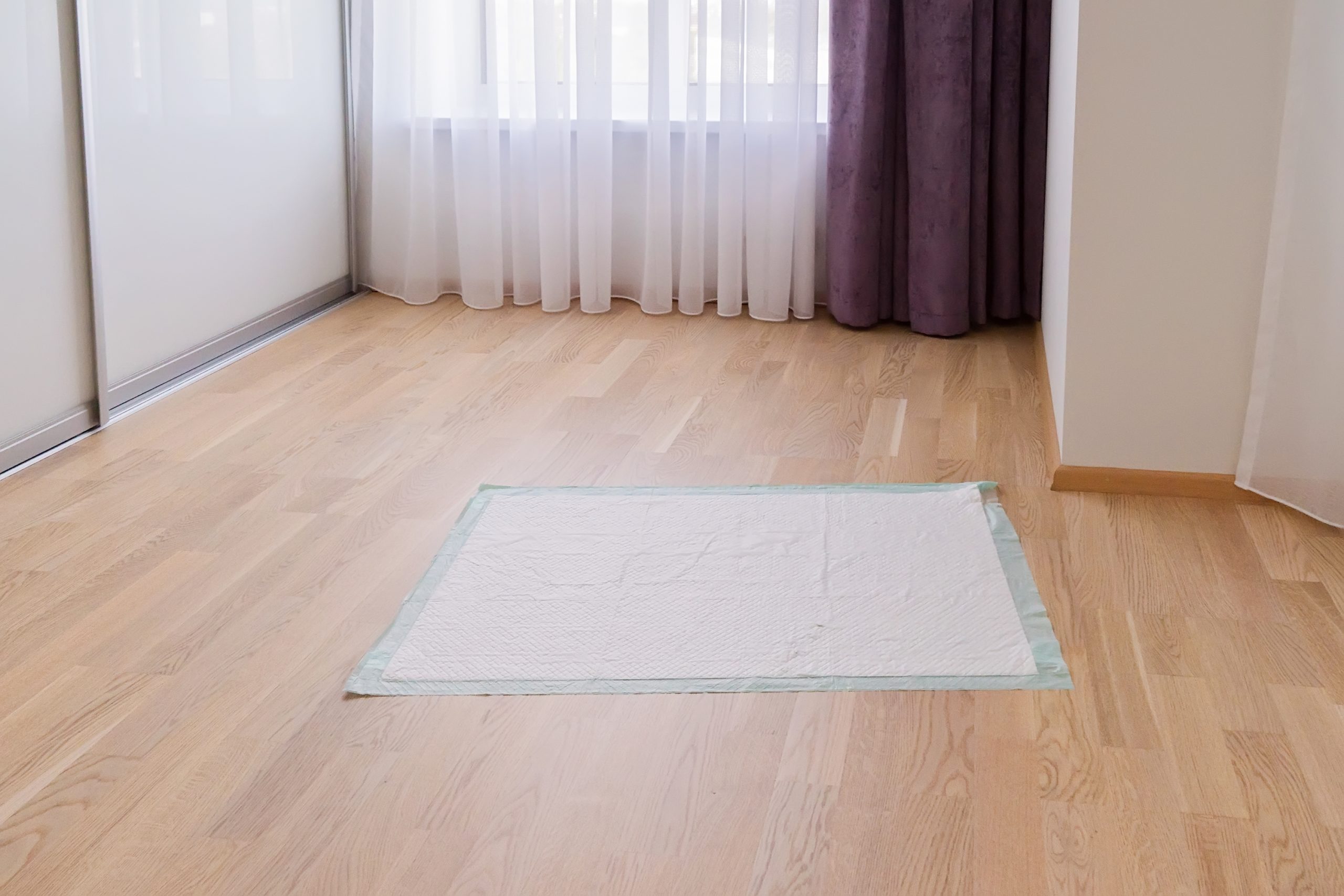
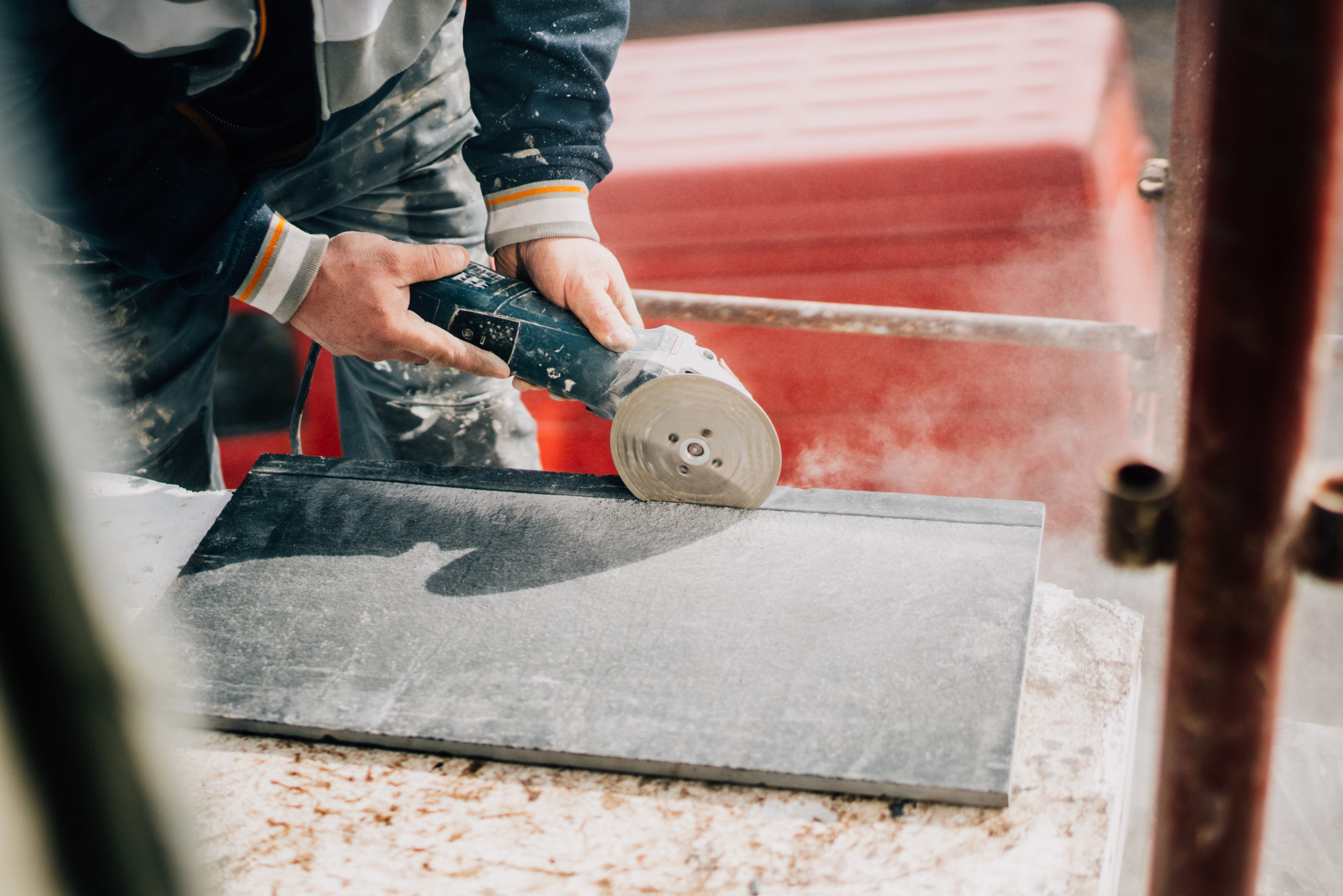



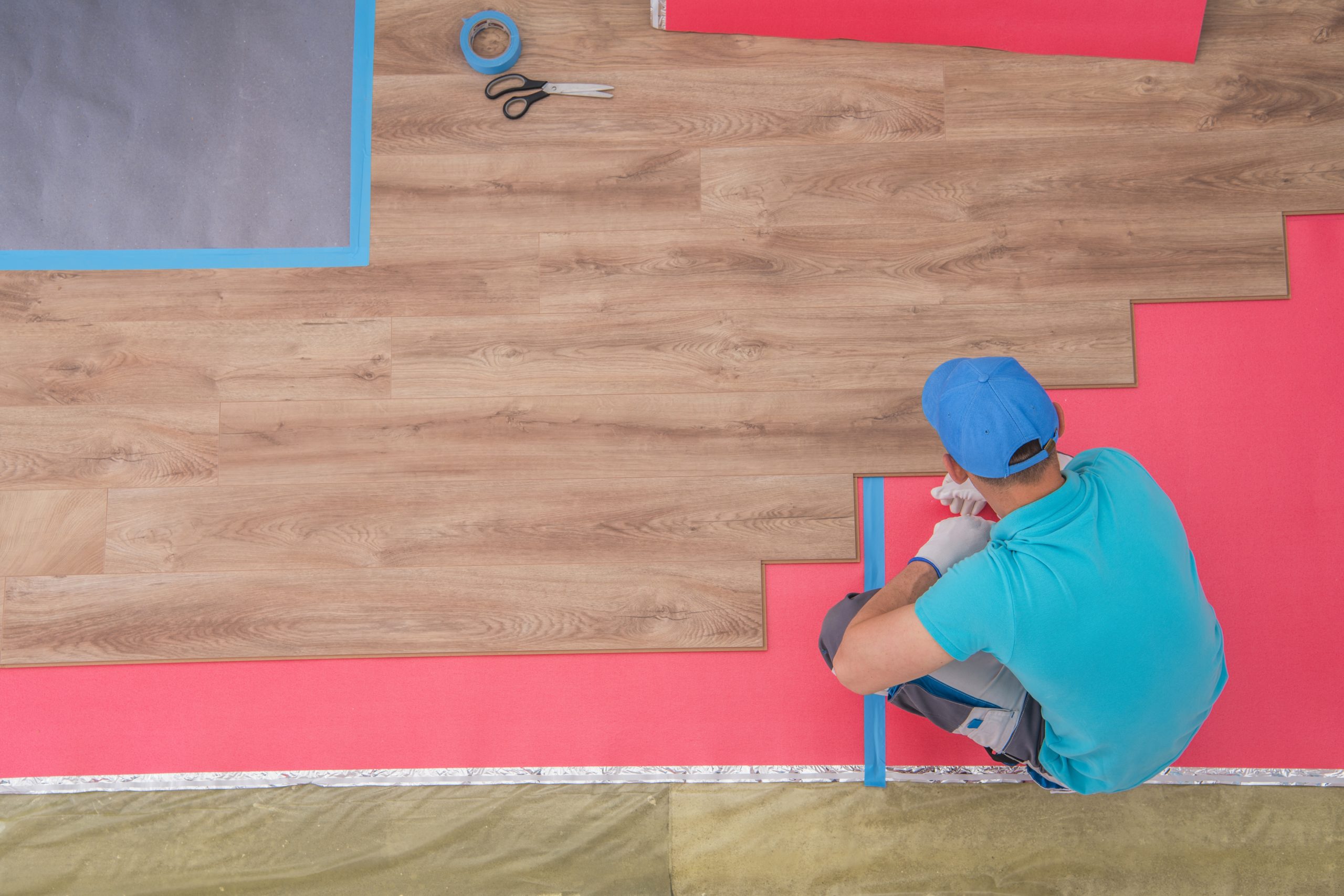
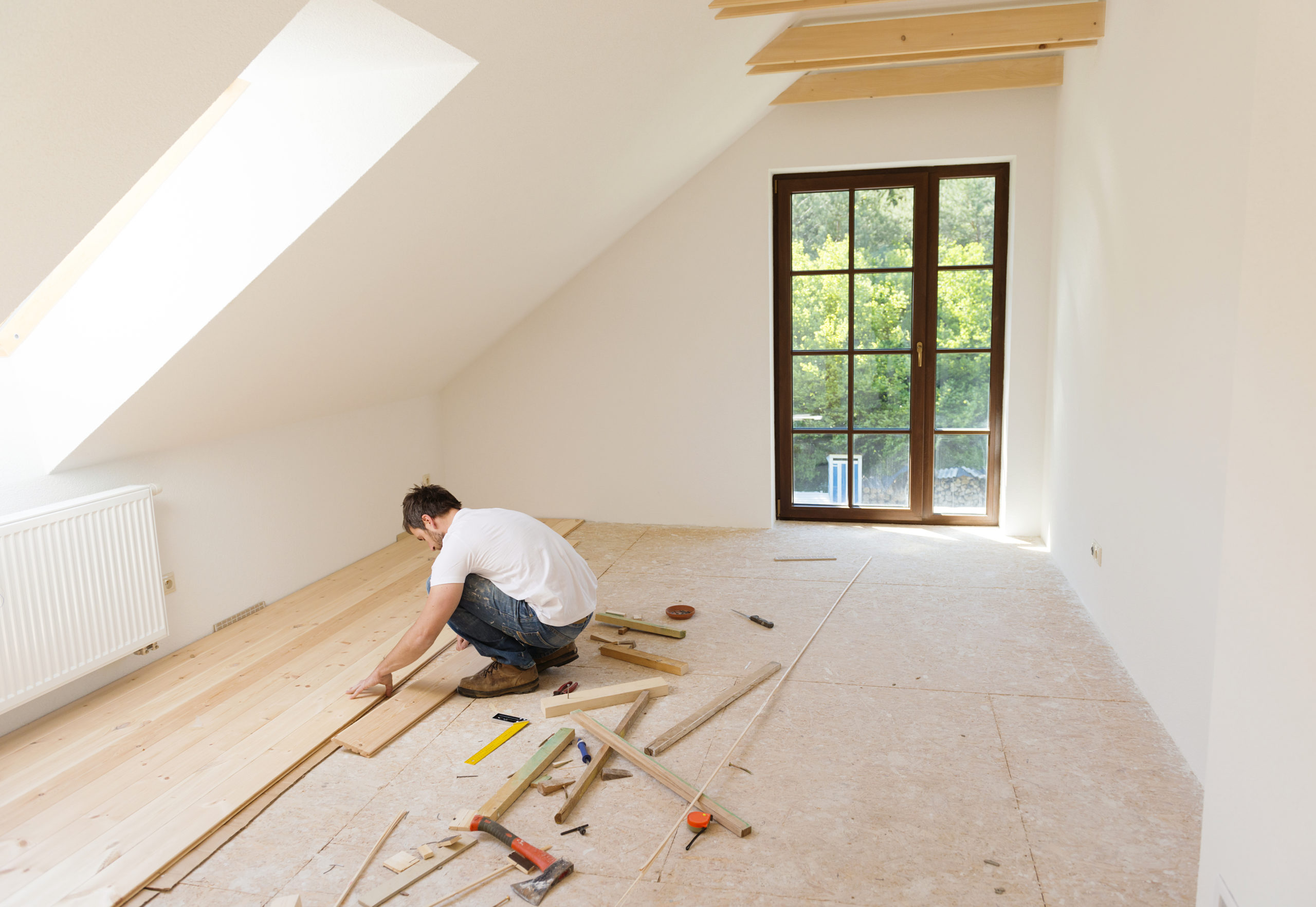


Charlotte Flooring Installation Genius
© Copyright 2020 -All Rights Reserved by BizBitz